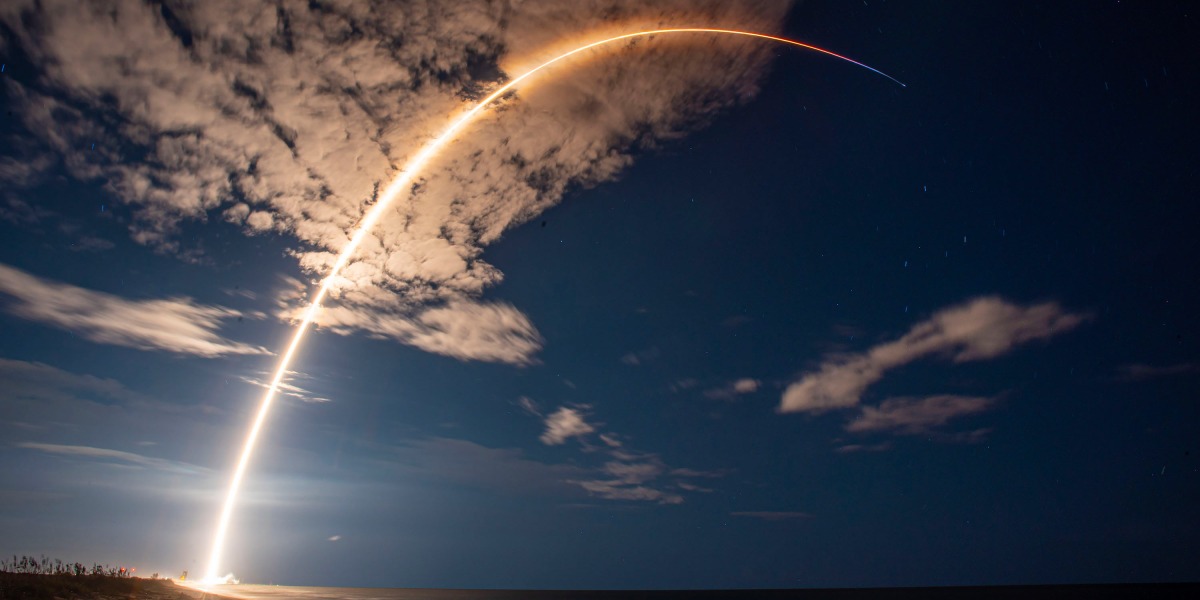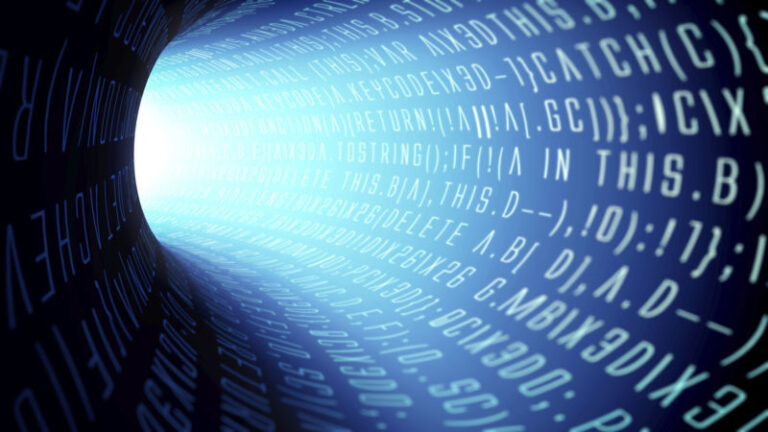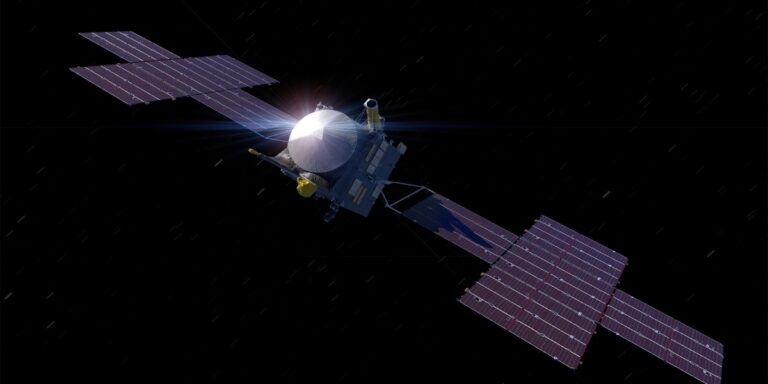
In a non peer-reviewed paper that he has posted on his lab’s website, Humphreys claims to have provided the most complete characterization of Starlink’s signals to date. This information, he says, is the first step toward developing a new global navigation technology that would operate independently of GPS or its European, Russian, and Chinese equivalents.
“The Starlink system signal is a closely guarded secret,” says Humphreys. “Even in our early discussions, when SpaceX was being more cooperative, they didn’t reveal any of the signal structure to us. We had to start from scratch, building basically a little radio telescope to eavesdrop on their signals.”
To get the project started, UT Austin acquired a Starlink terminal and used it to stream high-definition tennis videos of Rafael Nadal from YouTube. This provided a constant source of Starlink signals that a separate nearby antenna could listen in on.
Humphreys quickly realized that Starlink relies on a technology called orthogonal frequency-division multiplexing (OFDM). OFDM is an efficient method of encoding digital transmissions, originally developed at Bell Labs in the 1960s and now used in Wi-Fi and 5G. “OFDM is all the rage,” says Mark Psiaki, a GPS expert and aerospace professor at Virginia Tech. “It’s a way to pack the most bits per second into a given bandwidth.”
The UT Austin researchers did not try to break Starlink’s encryption or access any user data coming down from satellites. Instead, they sought out synchronization sequences—predictable, repeating signals beamed down by the satellites in orbit to help receivers coordinate with them. Not only did Humphreys find such sequences, but “we were pleasantly surprised to find that they [had] more synchronization sequences than is strictly required,” he says.
Each sequence also contains clues to the satellite’s distance and velocity. With the Starlink satellites transmitting about four sequences every millisecond “that’s just wonderful for dual use of their system for positioning,” says Humphreys.
If the terrestrial receiver has a good idea of the satellites’ movements—which SpaceX shares online to reduce the risk of orbital collisions—it can use the sequences’ regularity to work out which satellite they came from, and then calculate the distance to that satellite. By repeating this process for multiple satellites, a receiver can locate itself to within about 30 meters, says Humphreys.






